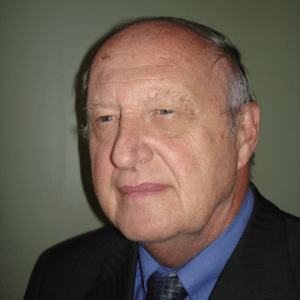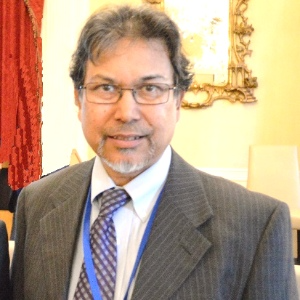A renewable resource is one that may be used over and over again and does not deplete since it is replenished organically. Solar, wind, hydro, geothermal, and biomass energy are examples of renewable resources. In essence, a renewable resource is a commodity that has an infinite supply. Unlike the sun, wind, or water, some resources are considered renewable, even if they require some time or effort to regenerate. The majority of precious metals are also renewable. Although precious metals cannot be replaced naturally, they can be recycled because they are not damaged during their extraction and usage. Non-renewable resources, unlike renewable resources, cannot be replenished once they have been depleted. The demand for renewable resources grows as the human population grows and finite resources become increasingly scarce.
Living organisms make biopolymers, which are naturally occurring polymers. They are not to be confused with manufactured biodegradable polymers. Environmental contamination from fossil fuels and waste from petrochemical goods has been a source of increasing worry. There has been a lot of research towards finding various alternatives to petroleum-based products that are renewable and biodegradable, and thus pose less of a harm to the environment. Biopolymers, which are primarily biodegradable materials derived from renewable basic resources, are one such possible answer to the problem. It is important to remember, however, that not all biodegradable polymers are biopolymers (i.e., produced from renewable resources).
- Non-biodegradable biopolymers from renewable resources
- Biopolymers from renewable resources

Ephraim Suhir
Portland State University, United States
Thomas J Webster
Interstellar Therapeutics, United States
Robert Buenker
University of Wuppertal, Germany
Will Skene
Montreal University, Canada
Valeriy A Buryachenko
Micromechanics & Composites LLC, United States
Anis Rahman
Applied Research & Photonics, Inc, United States
Will Skene
Montreal University, Canada
Robert Guidoin
Laval University, Canada
Robert Buenker
University of Wuppertal, Germany


Title : Introducing picotechnology: An exciting extension of nanotechnology
Thomas J Webster, Interstellar Therapeutics, United States
Title : The failure of both einsteins space-time theory and his equivalence principle and their resolution by the uniform scaling method
Robert Buenker, University of Wuppertal, Germany
Title : Material challenges with proton conducting ceramics for intermediate temperature hydrogenation/dehydrogenation applications
Saheli Biswas, Commonwealth Scientific and Industrial Research Organisation, Australia
Title : Porphyrin layers at metal-electrolyte interfaces monitored by EC-STM and CV
Marek Nowicki, University of Wroclaw, Poland
Title : Color control of electrochromes by structural modification
Will Skene, Montreal University, Canada
Title : Make experiments more efficient: Two simple and powerful approaches. Mg2Si growth for photovoltaic and thermoelectric applications
Alexander S Gouralnik , Institute of Automation and Control Processes, Russian Federation
Title : Reconfigurable antenna structures using tunable materials
Nasimuddin, Institute for Infocomm Research, Singapore
Title : (0, 1 and 2) Dimensional hybrid architecture of the synthesized materials leads the smart sensing of the gaseous species at low/room temperature
D R Patil, North Maharashtra University, India
Title : Enhanced grain refinement, precipitates regulation, and improved mechanical properties of cast Al-Li alloy by Ti addition and heat treatment
Lixiong Shao, Shanghai Jiao Tong University, China
Title : Broadband sound attenuation of shape memory polymer with triangular-honeycomb unit cell metamaterial structural design
Musaab Ejaz, Universiti Teknologi PETRONAS (UTP), Malaysia